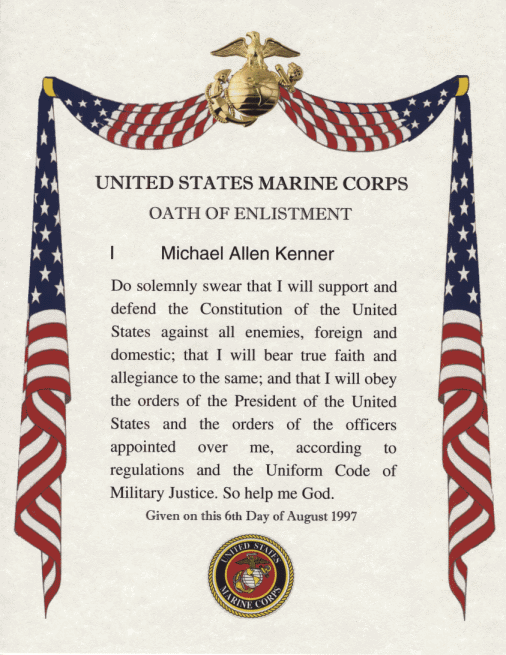Battleships at Pearl Harbor

Introduction to the Attack on Pearl Harbor

The attack on Pearl Harbor, which took place on December 7, 1941, was a pivotal event in world history, drawing the United States into World War II. The surprise military strike by the Imperial Japanese Navy against the United States naval base at Pearl Harbor, Hawaii, resulted in significant losses, including thousands of American lives and numerous ships and aircraft. Among the most iconic and heavily affected vessels during the attack were the battleships, which were the primary targets of the Japanese assault. This article delves into the role of battleships during the attack on Pearl Harbor, their significance, and the aftermath of the event.
The Significance of Battleships at Pearl Harbor

Battleships were considered the backbone of any naval fleet during the early 20th century, symbolizing naval power and capability. The U.S. Pacific Fleet, stationed at Pearl Harbor, included a significant number of battleships, which were the main targets for the Japanese due to their perceived importance in naval warfare. The Japanese strategy was to cripple the U.S. Pacific Fleet to prevent it from interfering with Japanese expansion in Southeast Asia and the Pacific. The battleships moored in the harbor presented an attractive target for the Japanese, who sought to deal a decisive blow to the American naval presence in the Pacific.
Japanese Strategy and Preparation

The Japanese plan involved a combined attack by aircraft from six Japanese fleet carriers. The strategy was meticulously planned and rehearsed, aiming for maximum surprise and effect. The attack was divided into two waves, the first focusing on airfields and the second targeting the naval vessels, particularly the battleships. The Japanese used various types of bombs and torpedoes designed to penetrate the thick armor of the battleships. The attack caught the U.S. forces by surprise, with many personnel and ships unprepared for the onslaught.
American Battleships at Pearl Harbor

At the time of the attack, there were eight battleships moored in the harbor: - USS Arizona - USS Oklahoma - USS California - USS West Virginia - USS Tennessee - USS Maryland - USS Pennsylvania - USS Utah (formerly a battleship, but converted to a target ship)
These battleships suffered varying degrees of damage, with the USS Arizona and USS Oklahoma suffering the most catastrophic damage, resulting in the loss of over 1,000 lives on each ship.
Aftermath and Salvage Efforts

The attack on Pearl Harbor resulted in significant losses for the U.S. Navy, with four battleships sunk (Arizona, Oklahoma, California, and West Virginia) and several others damaged. However, the sinking of the battleships did not have the long-term strategic impact the Japanese had hoped for. The U.S. was able to salvage and repair many of the damaged ships, including battleships like the USS California and USS West Virginia, which returned to service. The USS Oklahoma was also salvaged but not repaired, and it was eventually sold for scrap.
Rebuilding and Impact on Naval Warfare

The attack on Pearl Harbor marked a significant turning point in naval warfare, as it highlighted the importance of air power and the vulnerability of battleships to aerial attacks. The U.S. Navy’s response to the attack involved a shift towards more emphasis on aircraft carriers and the development of new strategies that prioritized air power. Despite this, battleships continued to play a role in World War II, particularly in shore bombardment and as escorts for carrier groups.
| Battleship | Damage Sustained | Outcome |
|---|---|---|
| USS Arizona | Exploded and sunk | Total loss |
| USS Oklahoma | Capsized and sunk | Salvaged but not repaired, sold for scrap |
| USS California | Sunk | Salvaged and repaired |
| USS West Virginia | Sunk | Salvaged and repaired |
| USS Tennessee | Damaged | Repaired |
| USS Maryland | Damaged | Repaired |
| USS Pennsylvania | Damaged | Repaired |
| USS Utah | Capsized and sunk | Not salvaged |

🚨 Note: The salvage and repair of the battleships were significant achievements, demonstrating the resilience and capability of the U.S. Navy and its shipyards.
In the end, the attack on Pearl Harbor, particularly the targeting of battleships, marked a significant moment in world history, leading to the United States’ entry into World War II. The event highlighted the importance of air power and the need for naval strategies to adapt to new technologies and tactics. The battleships, though damaged and sunk, played a crucial role in the war’s narrative, and their salvage and return to service were testament to the determination and capabilities of the U.S. Navy.
What was the primary target of the Japanese attack on Pearl Harbor?

+
The primary targets of the Japanese attack were the American battleships moored in the harbor, aiming to cripple the U.S. Pacific Fleet’s ability to respond to Japanese expansion in the Pacific.
How many battleships were sunk during the attack on Pearl Harbor?

+
Four battleships were sunk during the attack: USS Arizona, USS Oklahoma, USS California, and USS West Virginia. However, USS California and USS West Virginia were later salvaged and repaired.
What was the long-term impact of the attack on Pearl Harbor on naval warfare strategies?

+
The attack highlighted the vulnerability of battleships to aerial attacks and the importance of air power, leading to a shift in naval strategies that prioritized aircraft carriers and air power. Despite this, battleships continued to play roles in World War II, particularly in shore bombardment and as escorts.



